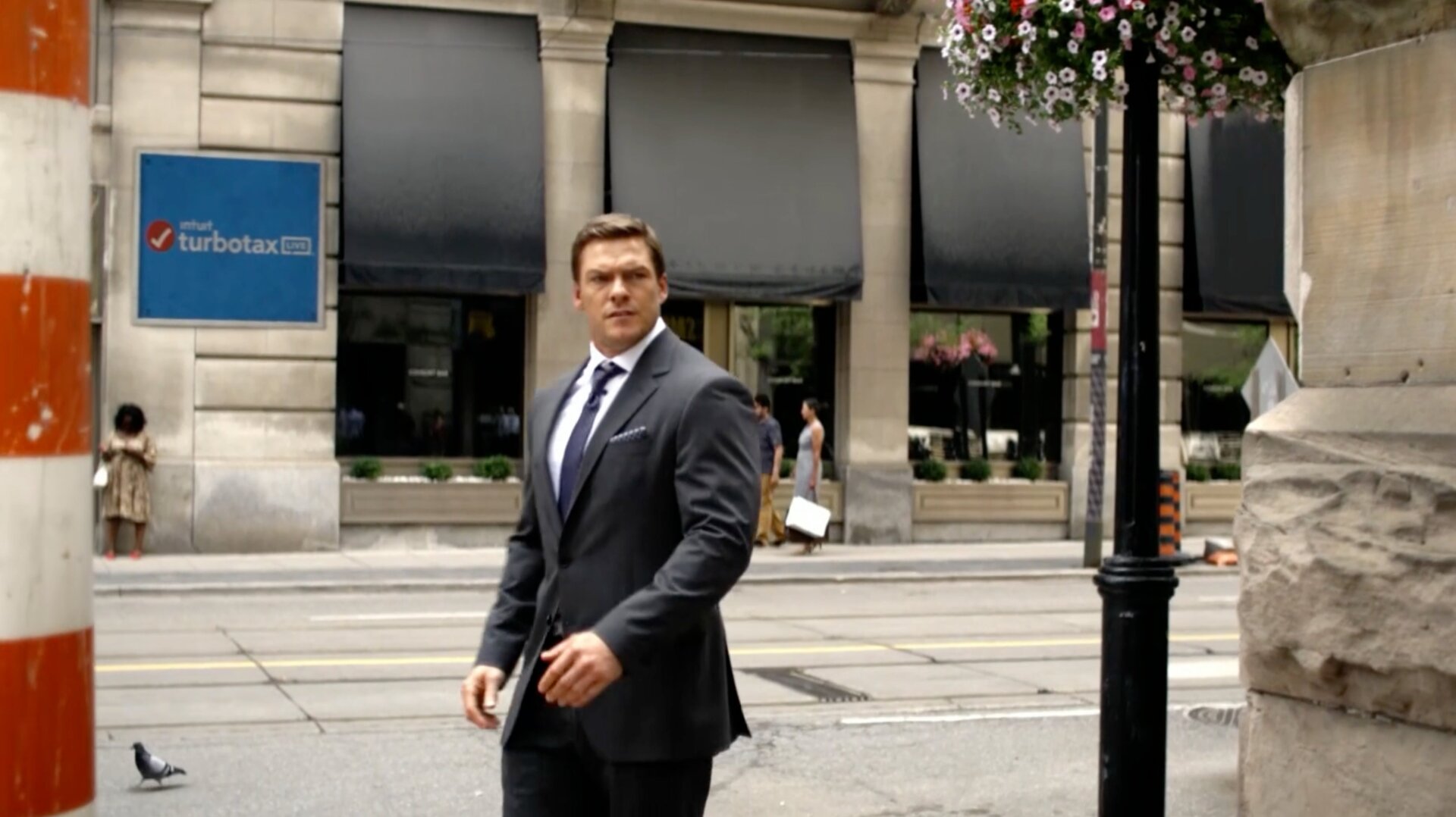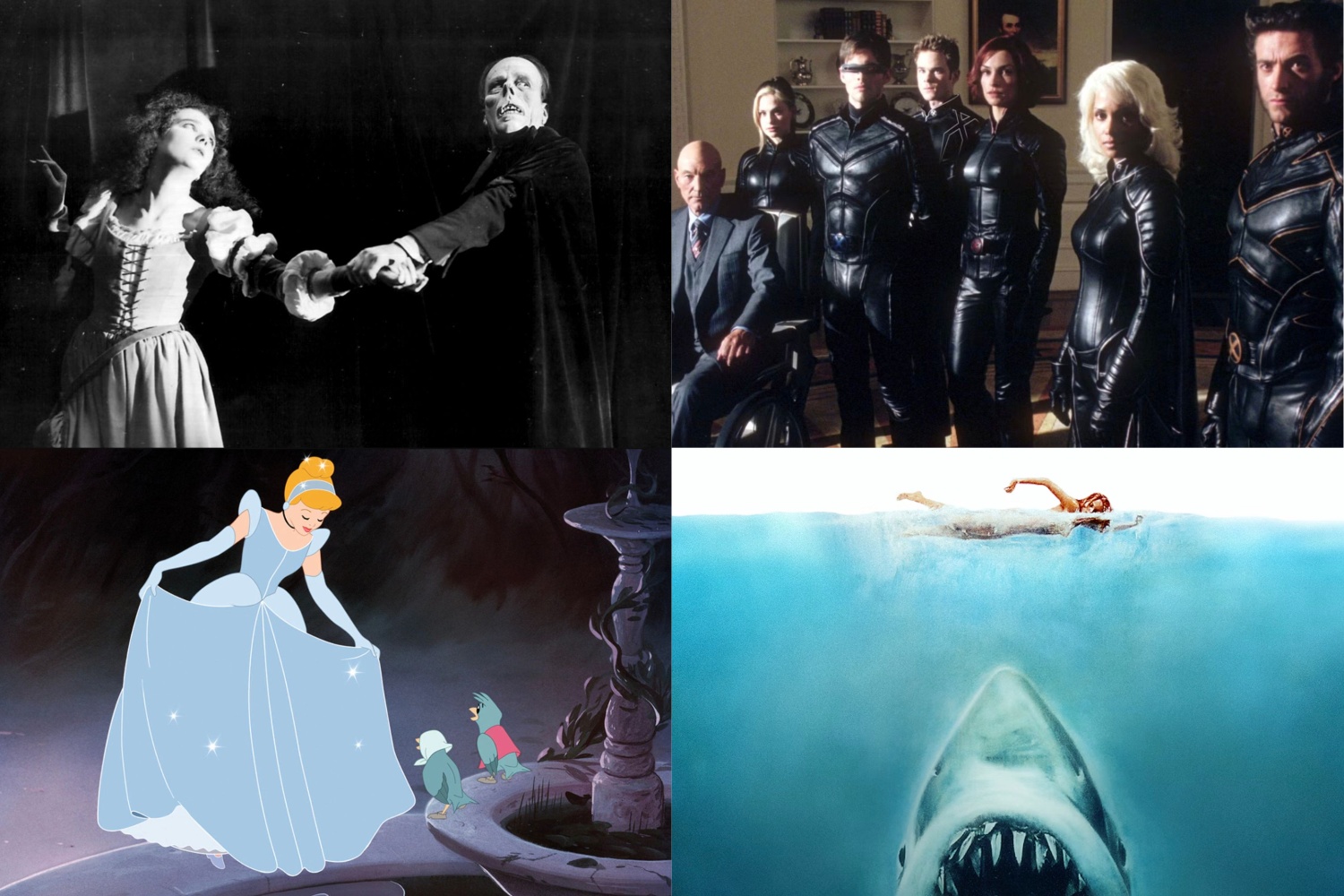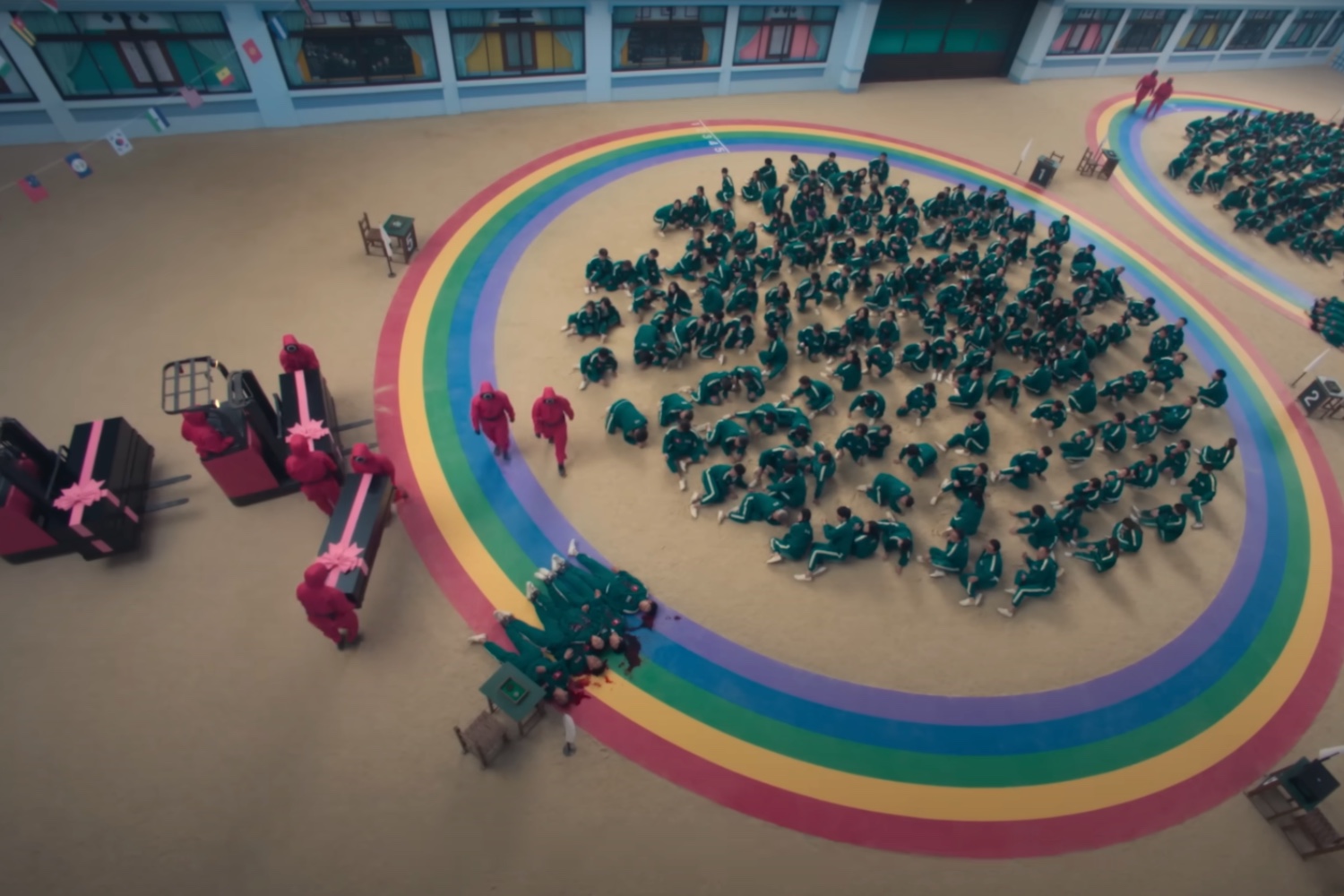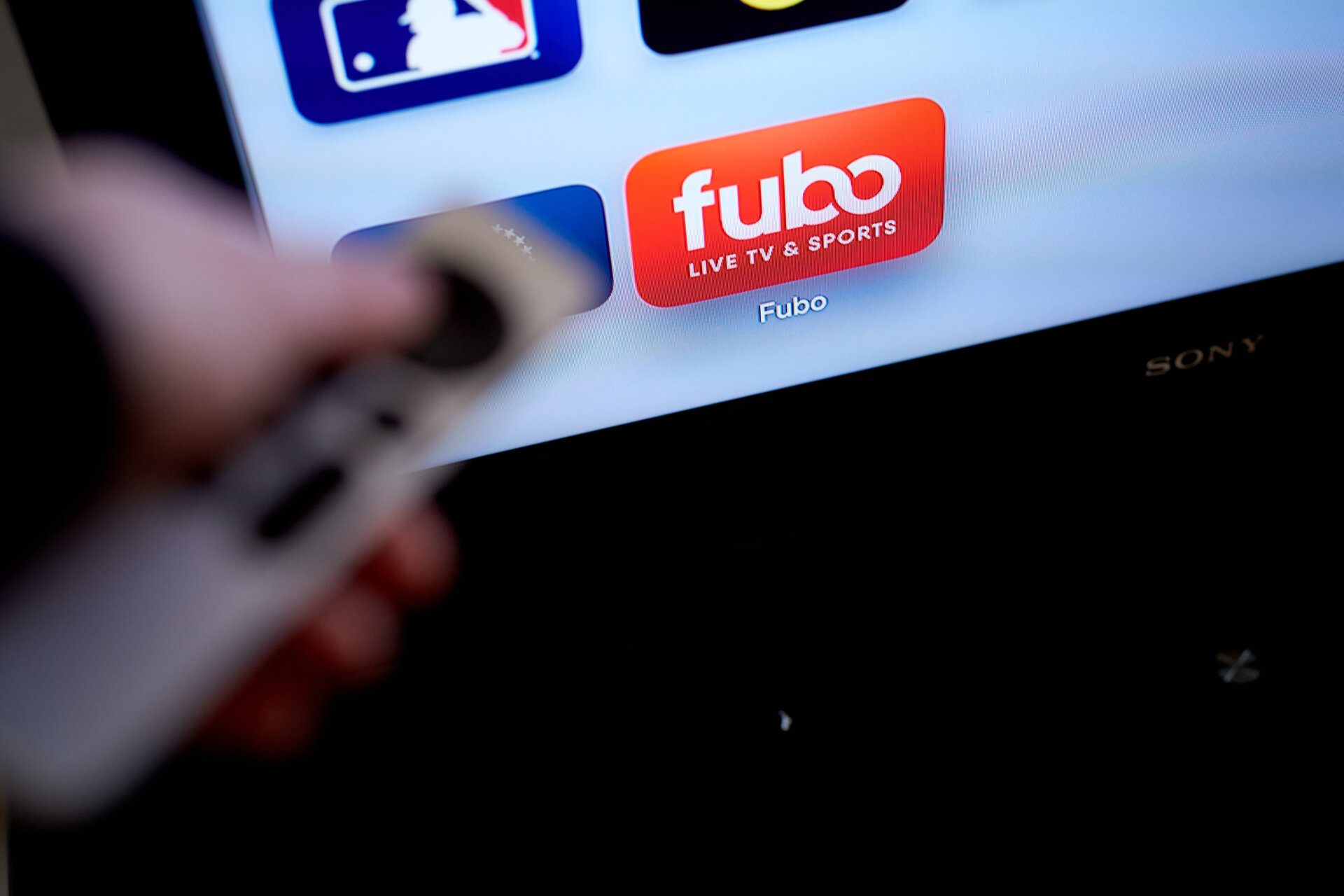Imagine if in Back to the Future, Marty McFly goes back in time to order a “Pepsi Free,” but instead receives a Coke Zero. Imagine if in Skyfall, Daniel Craig’s James Bond doesn’t put his tight lips to a Heineken, but instead wraps his muzzle around a Bud Light Lime, which all in all would be a bigger affront to the classic martini drinker.
Well, those are two extreme examples, but with the advent of digital streaming, more advertisers are looking for ways to both subtly and overtly put their products in front of your eyes. Now, streaming services from Amazon and NBCUniversal are promising virtual product placement initiatives that will enable creators and advertisers to “seamlessly” insert native ads into the movie or TV show even after it’s been released.
Not only does it open the door for even more product placement in films and TV, but as already seen in video games, advertisers may soon be able to create a rotation of ads into designated spots within passive content. Though examples shown have only included recently-released content, there’s nothing but public outcry to stop ads from being put into any past film or TV show.
During the 2022 Interactive Advertising Bureau’s NewFronts convention earlier this month, Amazon showed off its Virtual Product Placementbeta program, promoting it “helps brands show up in new places, reaching an audience they want to reach” while taking the burden of in-scene advertising away from content creators.
At the NewFronts convention, NBC’s Peacock showed off its “In Scene” service that will similarly blend products or messaging into movies and shows during post-production. As Variety reported May 2, some shows may even be framed with advertisements.
Amazon showed off its VPP program through its streaming services Amazon Prime Video and Amazon Freevee. The live conference showed various scenes with digitally inserted products placed into the background. One scene from Amazon Prime’s Reacher had a digitally inserted ad for TurboTax placed on a building in the background. Viewers spotted a similarly strange looking CGI TurboTax ad in the show’s premiere back in February, but some were confused how on subsequent viewings the ad was gone. It goes to show how easily removable and swappable the ads truly are.
During the seminar, Amazon Senior VP of Advertising Products & Tech Colleen Aubrey said that the beta program has already been implemented into shows like Tom Clancy’s Jack Ryan, Reacher, and Bosch: Legacy. The company claims that brands that tested VPP saw a 7% increase in brand favorability and a 15% increase in purchase intent.
Producers who spoke at NewFronts lauded the tech for allowing them to save their product placement efforts for post production. In Amazon’s release, Henrik Bastin, the executive producer of Bosch: Legacy, called the tech a “game changer,” adding “you can sit with the final cut and see where a product could be seamlessly and naturally integrated into the storytelling.”
Gaming advertisers were the first to tease the idea of swappable product placements in living media, but such services have expanded more into mobile gaming and free-to-play games in recent years. These services essentially allow advertisers to offer verified ads in selected locations within the play space, such as on in-game billboards or flyers.
More streaming platforms that have long eschewed ad breaks, like Netflix, are considering ad-supported account tiers as a way of making up for declining revenue. HBO Max created an ad tier last year, and Disney+ will release its own ad-based account tier sometime later this year.
Ad companies are chomping at the bit to get their ads on streaming platforms. Product placement in movies is already a $23 billion industry, according to Bloomberg, and the form of advertising is working to fully infiltrate its way into streaming media, as it’s much harder to avoid than traditional advertising.
But with the propensity for existing online platforms like Google or Facebook to facilitate targeted ads, it doesn’t take much to imagine a worst case scenario of where interchangeable product placement inside existing media may eventually lead.














